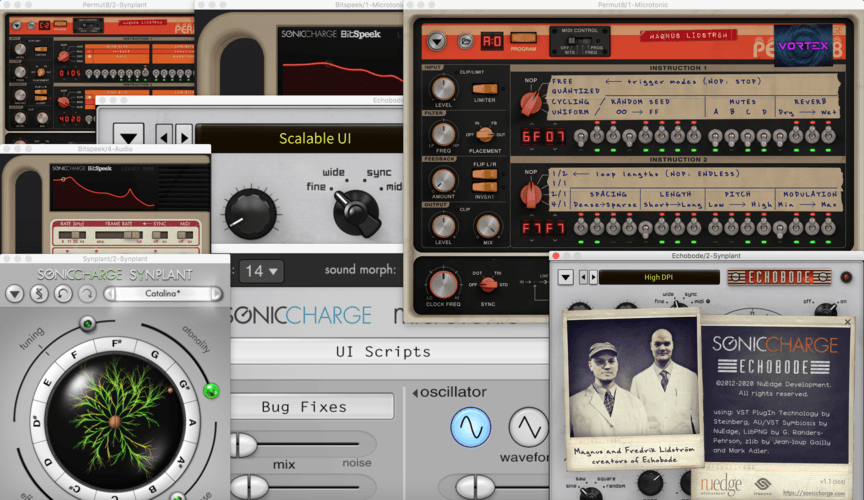

Well, that was a mistake: the reason being the sheer wealth of timbres available and the programmability of each one. My immediate thought was that this might feel limiting. Exploring the menus will yield access to various sound effects, but the essence is firmly placed on the basic kit. This story is replicated elsewhere with the snares, hi-hats and cymbals, although the default kit does reinforce the fact that it’s clearly centred around these kit elements, while offering kick, two snares, clap and four cymbals, which also includes the hi-hat. It’s likely that you might want to enlist the use of the filter to tame this, particularly as decay times can be set to the extreme of 10 seconds, which is long enough for any 808 kick tail. Using the latter allows for all sorts of complex shaping, making it easy to create those sinusoidal sub tones which you might associate with urban grooves. There’s plenty of opportunity for envelope change, which can be done through use of pots or by simply clicking on the envelope graphic. These can be treated individually, and in themselves are their own partials. The kick is one of the more simplistic sounds, with the immediate offer of two timbral elements in body and tone. Sonic differences here are stepped and can be reasonably substantial, presumably because it is so easy to make an edit, although it’s worth pointing out that the selection of a timbre at this level will remove any changes that you might have made, even to elements such as the envelope or filter.Īs we’ve moved into the world of editing, it’s worth mentioning what’s on offer. Listening through all of the sounds, they do seem to flock together, as one sound can clearly offer association to the next.
#Sonic charge microtonic vs free#
UVI Workstation 3 is free and will do a perfect job of allowing you access to everything within the package while Falcon is its more advanced synth-engine-based software, which allows for greater flexibility in use. In line with other packages from UVI, Drum Designer has been developed to be loaded into its own branded player and synth package. But where UVI hopes to tempt you is with a vast collection of drum sounds that will work right out of the box, and also entice you to edit and program your beats, sonically and sequentially.

If you’re anything like me, your chosen DAW or sample purchases will include numerous drum kits, some of which are engineered to copy the classics. Available in AU, AAX, VST and standalone formats.Runs in UVI Workstation v.3.0.2+ (free) or UVI Falcon 1.5.6+.Requires iLok account, for authorisation.


The step sequencer is standard fare, with lanes for Accent and Fill (rapidly repeated notes, from 2-8x), and a length setting for each channel (polyrhythms ahoy!), and can be popped out into a more intuitive eight-lane interface. Eight channels each house an independent instance of the same synthesis engine, based on a single analogue-style oscillator and a noise generator, and tweaked using a straightforward but sufficiently versatile collection of parameters that includes pitch and amplitude modulation, filtering, distortion and EQ. Updated to version 3 way back in 2011 (seven years after launch), Magnus Lidström’s 100% synthesised offering is quite simply one of the finest virtual beatboxes money can buy.


 0 kommentar(er)
0 kommentar(er)
